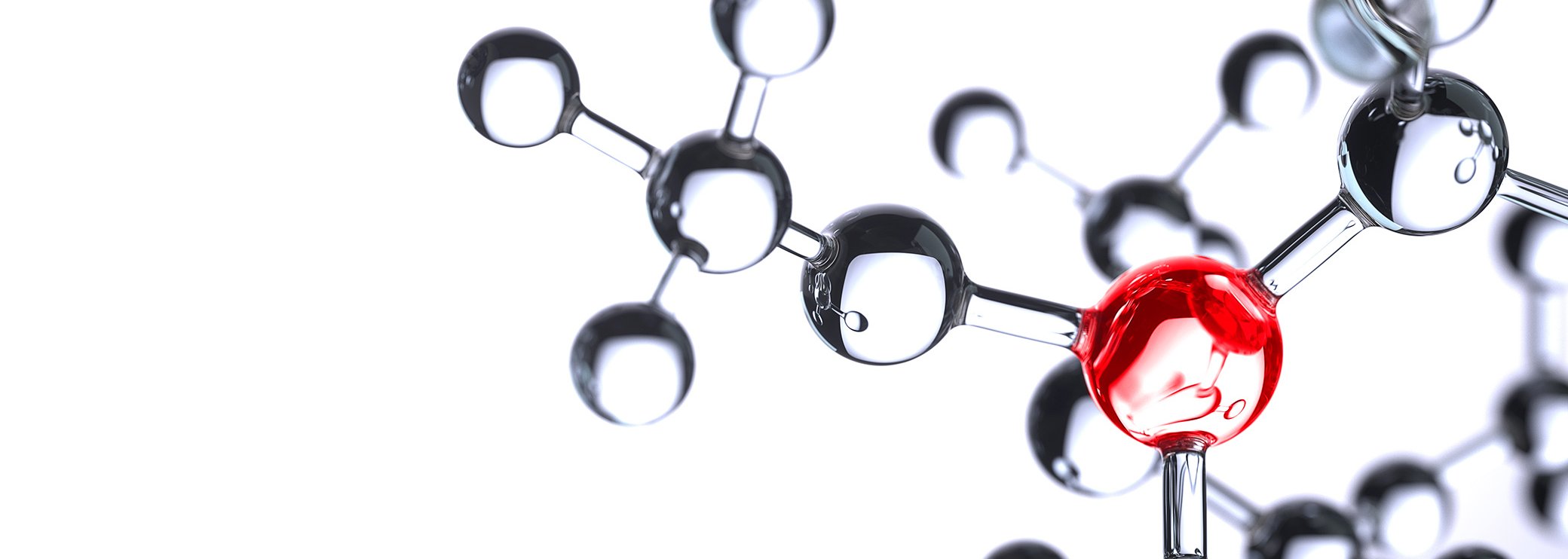Customized PEGylation Services
Customized PEGylation Services
From Early Development to Commercial Production
PEGylation has been an established technology for decades and successful in making the top ten marketed PEGdrugs several billion dollars sales in 2016. Nevertheless, the development of a PEGylated drug is challenging and requires extensive experience in both chemistry and biochemistry. Only a few companies worldwide have sufficient know-how and resources to successfully perform such development on their own. NOF and celares GmbH offer customized PEGylation services from early development through clinical, up to commercial stage on a fee-for-service basis. By utilizing this service, customers can benefit from:
Customers may select between single service modules according to their individual needs or a complete development package. A complete development project comprises five steps and takes 12-18 months from early screening to clinical GMP-production.
General technical Information - PEGylation conditions
Random PEGylation at free amino groups of protein
Selective PEGylation at N-terminus of protein
Site specific PEGylation at free thiol groups of protein

